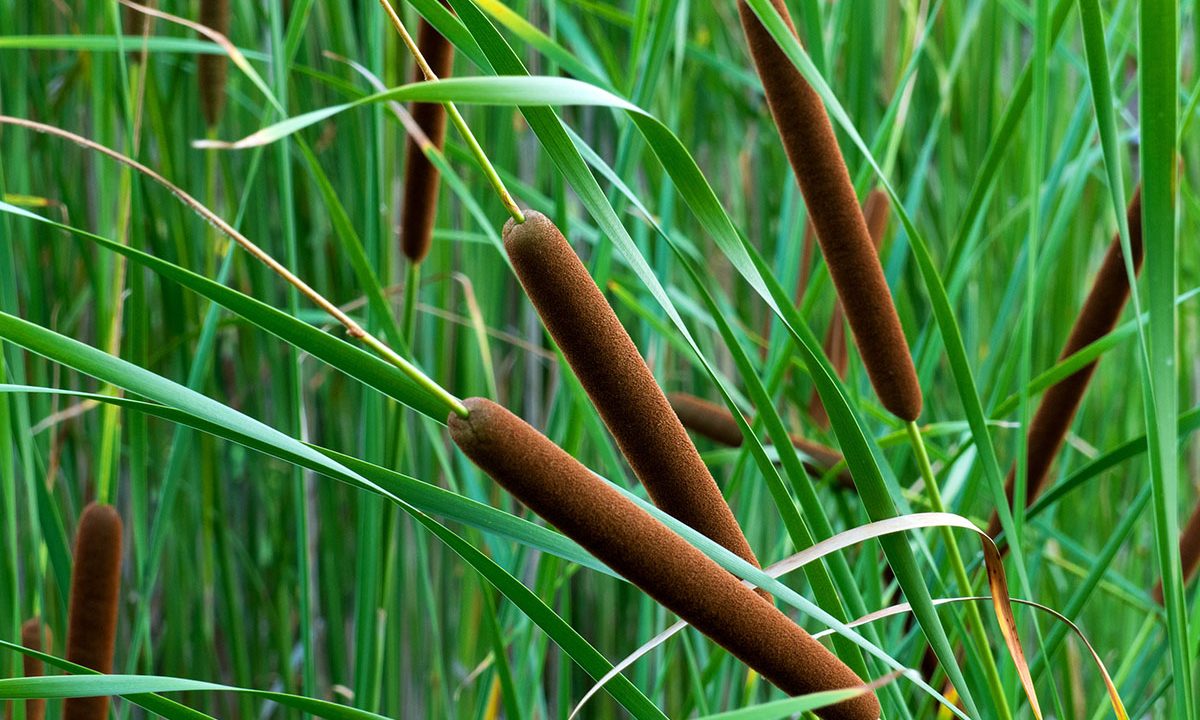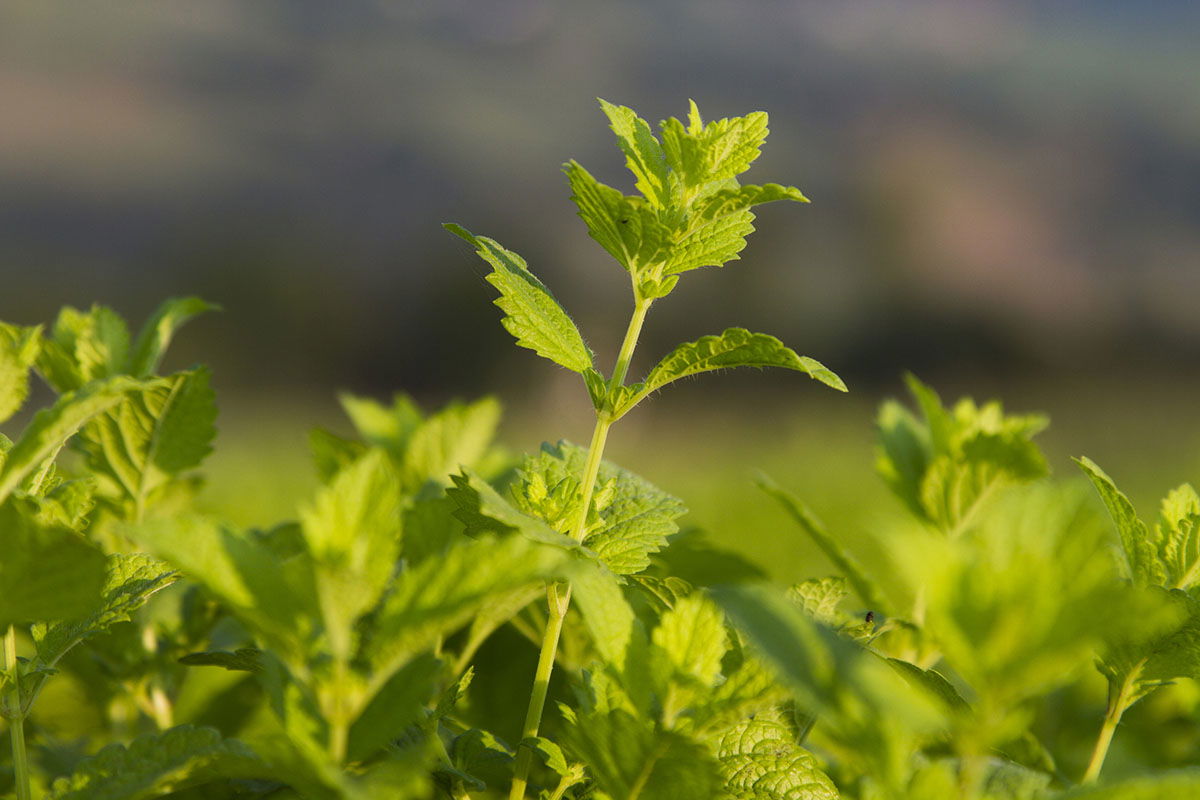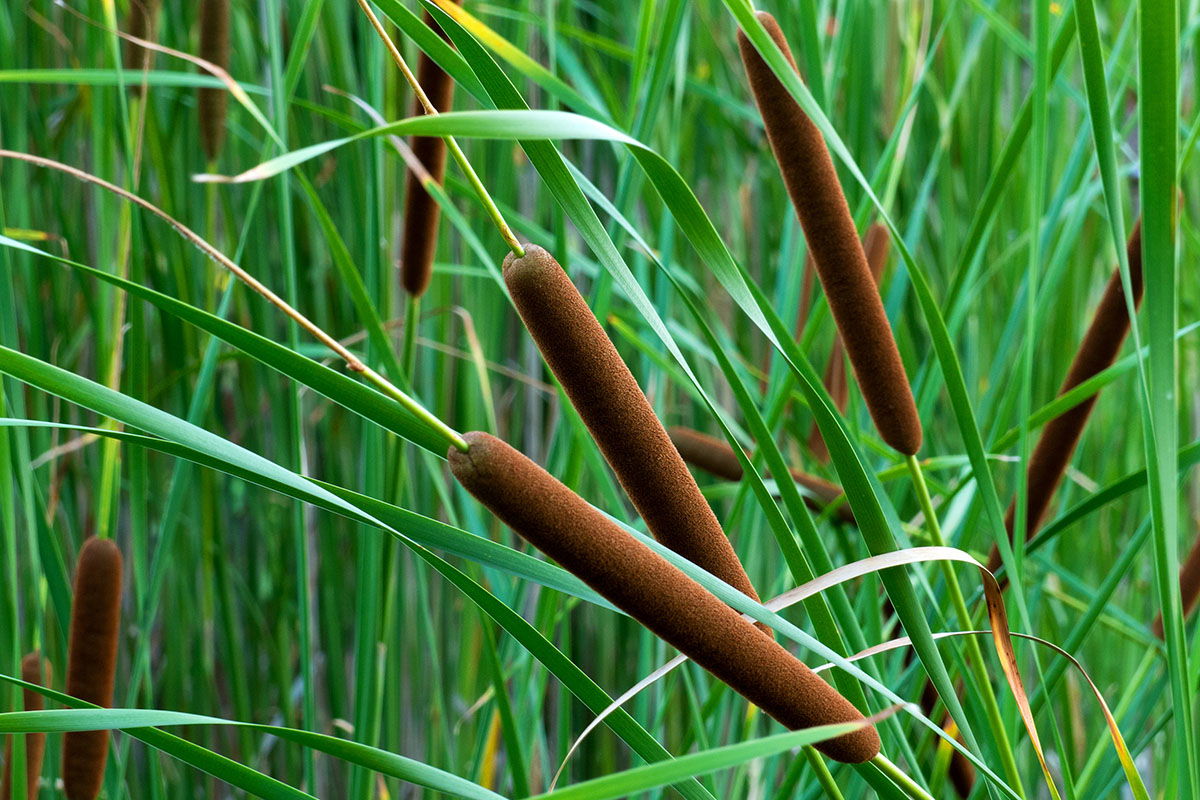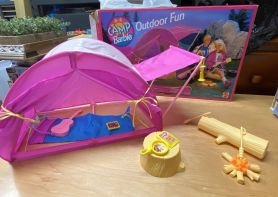

As leaves turn orange and strawberries get plucked, the colder months are just around the corner. Survival in winter, as anyone who has seen History Channel’s Alone knows, can be a tricky affair. Learning what wild foods can be foraged in winter is essential for anyone looking to hone their survival skills.
When foraging for wild foods, it’s crucial to correctly identify plants and ensure they are safe to eat. Some plants may have toxic look-alikes, so it’s wise to consult with an expert forager or reference a field guide before consuming wild edibles, and always use an edibility test.
Emergency foods in winter can certainly be found, but edibles low in nutrients are not as useful for survival. Read on to discover five nutrient-rich edibles you can forage in winter months.
5. Nettle

Nettle is rich in vitamins like vitamin C, minerals like iron and calcium, and antioxidants. It’s often considered one of the most nutrient-dense wild greens. Nettle has 37 calories per cup and is a common foragable plant. Stinging nettle must be collected with gloves and protection, so take care.
4. Cattails

Cattails can grow just about anywhere there’s fresh water, and it is a very useful plant to forage for survival in winter. The roots are edible and very fibrous, but digging them up can be a pain, so wait for the sun to cut the frost. Cut them into pieces and cook after washing. They are starchy and can be ground to make flour. You can also cook a cattail root over fire. Remove the skin and enjoy.
3. Burdock Root

Burdock is a hardy plant with large, deep roots that can be harvested during the winter. These roots are a good source of fiber and contain various vitamins and minerals. They can be peeled, sliced, and cooked as a vegetable or used in soups and stews.
2. Tree Bark, Branches, Cones, and Sap

Trees are an incredible resource when looking for wild food for survival in the winter months. Here’s how to leverage them as food.
Bark and Branches
Birch and pine tree bark can be foraged in the cold months. Tree bark is safe and nutritious, containing 80-100 kcal per 100 grams, and it is a great resource for survival. The edible cambium, or inner bark, is a good source of starch, sugar, vitamins, minerals, and fiber. One of the most valued benefits of birch bark is its ability to ease aches and pains. The inner bark of pine can be used as a flour substitute. Tree bark provides approximately 80-100 kcal per 100 grams. Remember to take bark responsibly and not over damage the tree.
Cones
While called “berries,” juniper berries are actually a fleshy pine cone. They provide carbohydrates and vitamin C. Follow these steps to make pine cones edible, and, as a bonus, they can also be used to make flour.
Sap
Sap is one of the higher nutrient-dense edibles to find in winter. You can acquire sap from maples, black walnut trees, sycamore, certain birch trees, and many more trees in winter, usually at the cusp of spring. Birch trees can be tapped sooner than most, still in deep winter.
Different trees will provide different nutrients. Researchers found that sap collected from multiple birch trees has significant amounts of essential minerals like copper, manganese, and zinc. Maple sap contains calcium, potassium, and magnesium. Sap is mostly water, and may not be as caloric as you expect, but it still has an estimated 25-50 calories per 330 ml. The sap you find in stores has gone through a process of evaporation and is far more calorie dense.
1. Chickweed

Chickweed is a hardy, low-growing plant that can often be found throughout the winter. It’s rich in vitamins and minerals, such as vitamin C, calcium, and iron. Chickweed can be eaten raw in salads or cooked as a vegetable and used for medicinal purposes for topical wounds, rashes, and other skin problems.
Other Wild Foods to Forage in the Cold Months:
The nutrient density of wild foraged foods can vary depending on the specific environment and region in which you are foraging. The five foods mentioned above are nutrient-rich and can be found in many regions during the winter, and here are some other options to consider as well.
- Berries, including cranberries, chokeberries, barberries, and elderberries
- Dandelion greens
- Rose hips
- Mushrooms like chaga
- Nuts, including hickory nuts and hazelnuts
- Acorns, maple tree seeds, dock seeds
- Wild onions and garlic
- Persimmons
- Edible seaweeds









